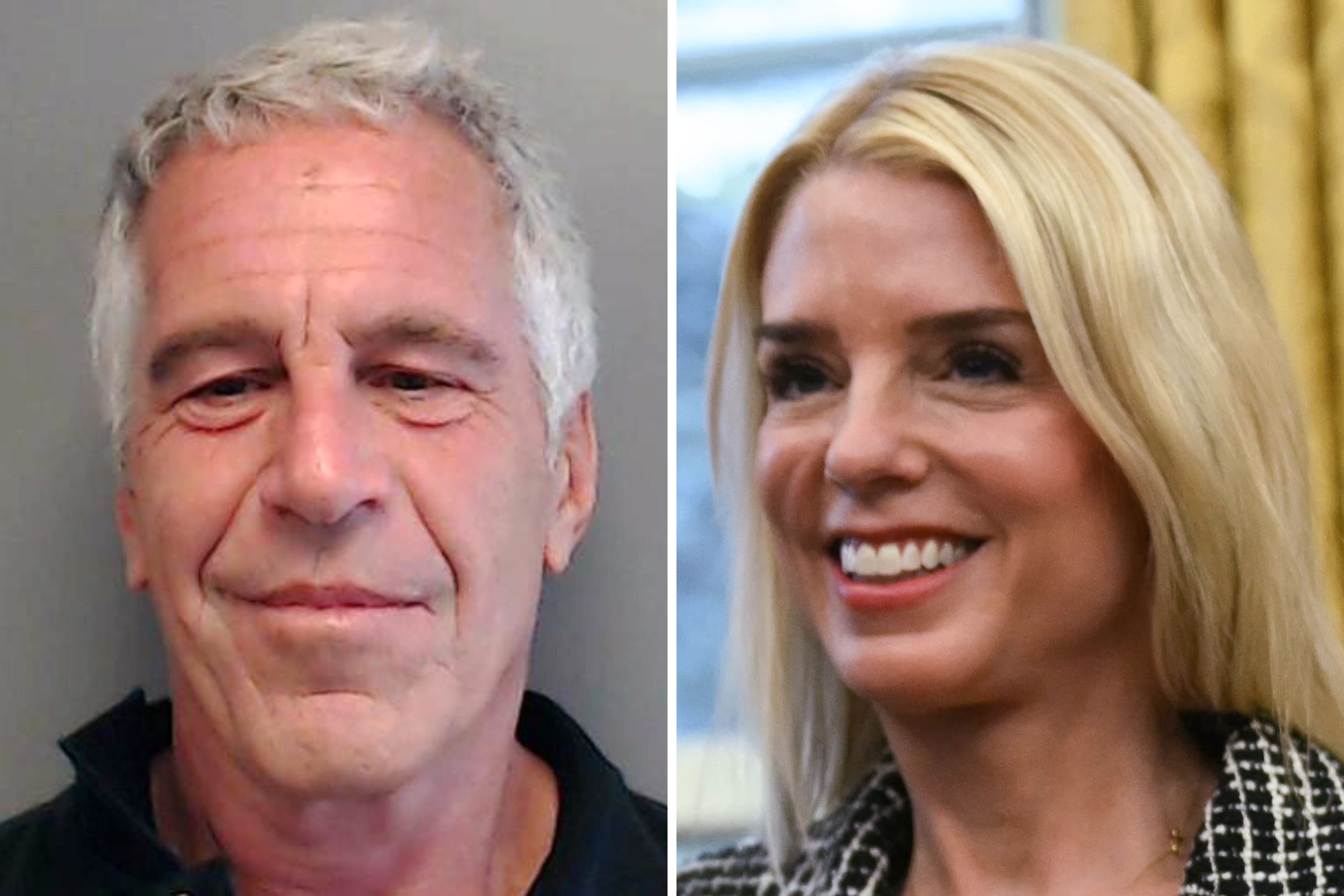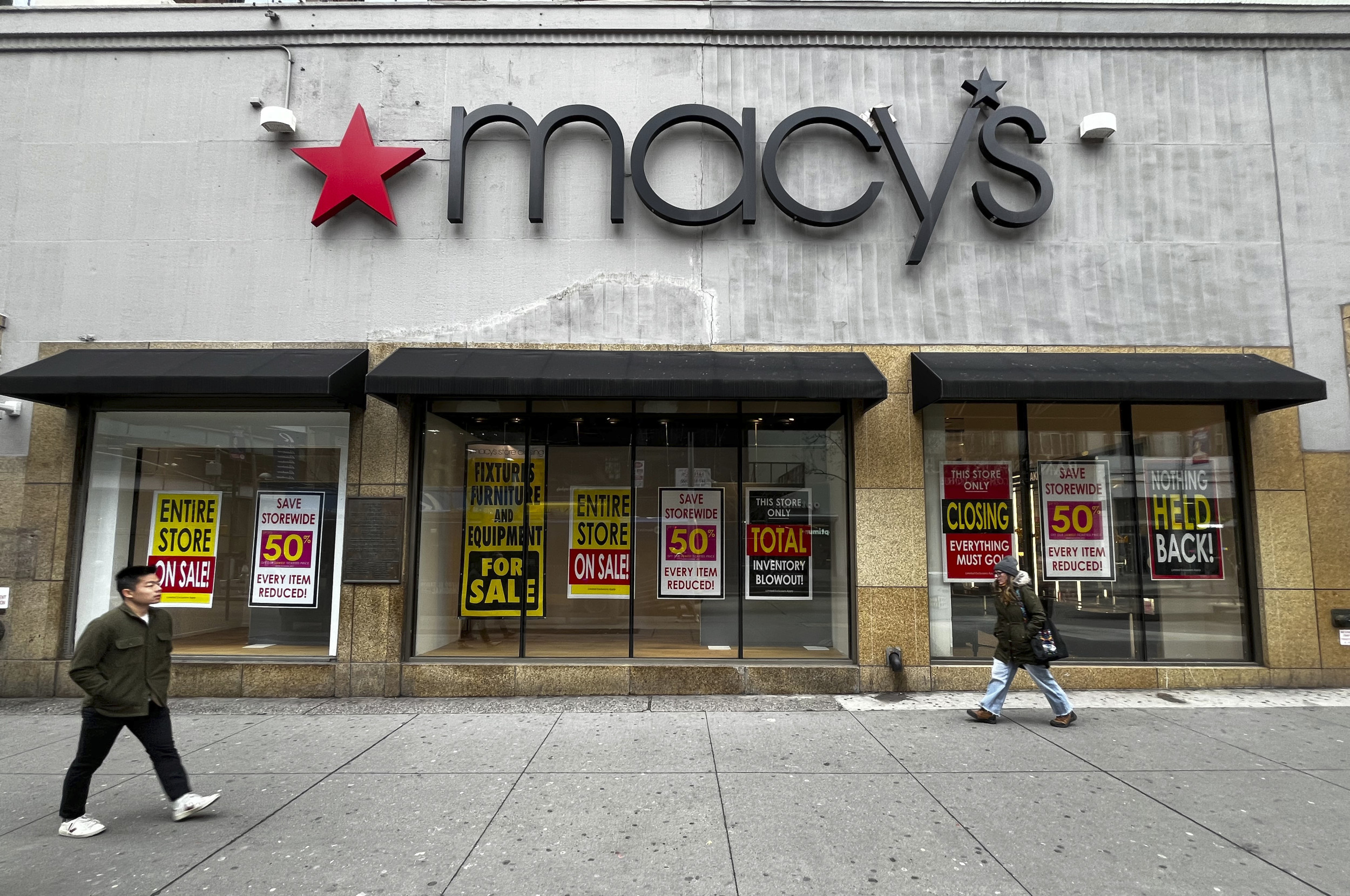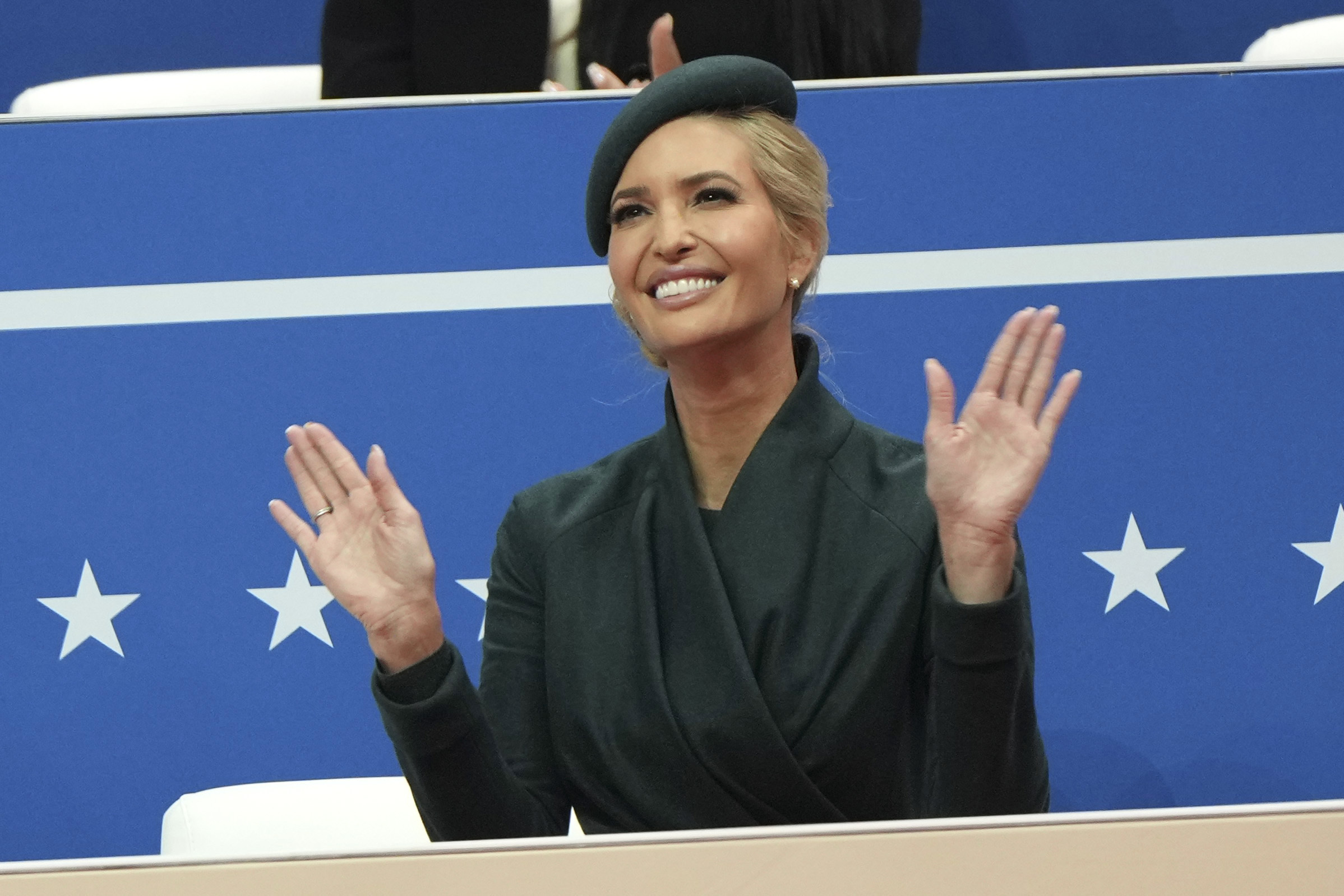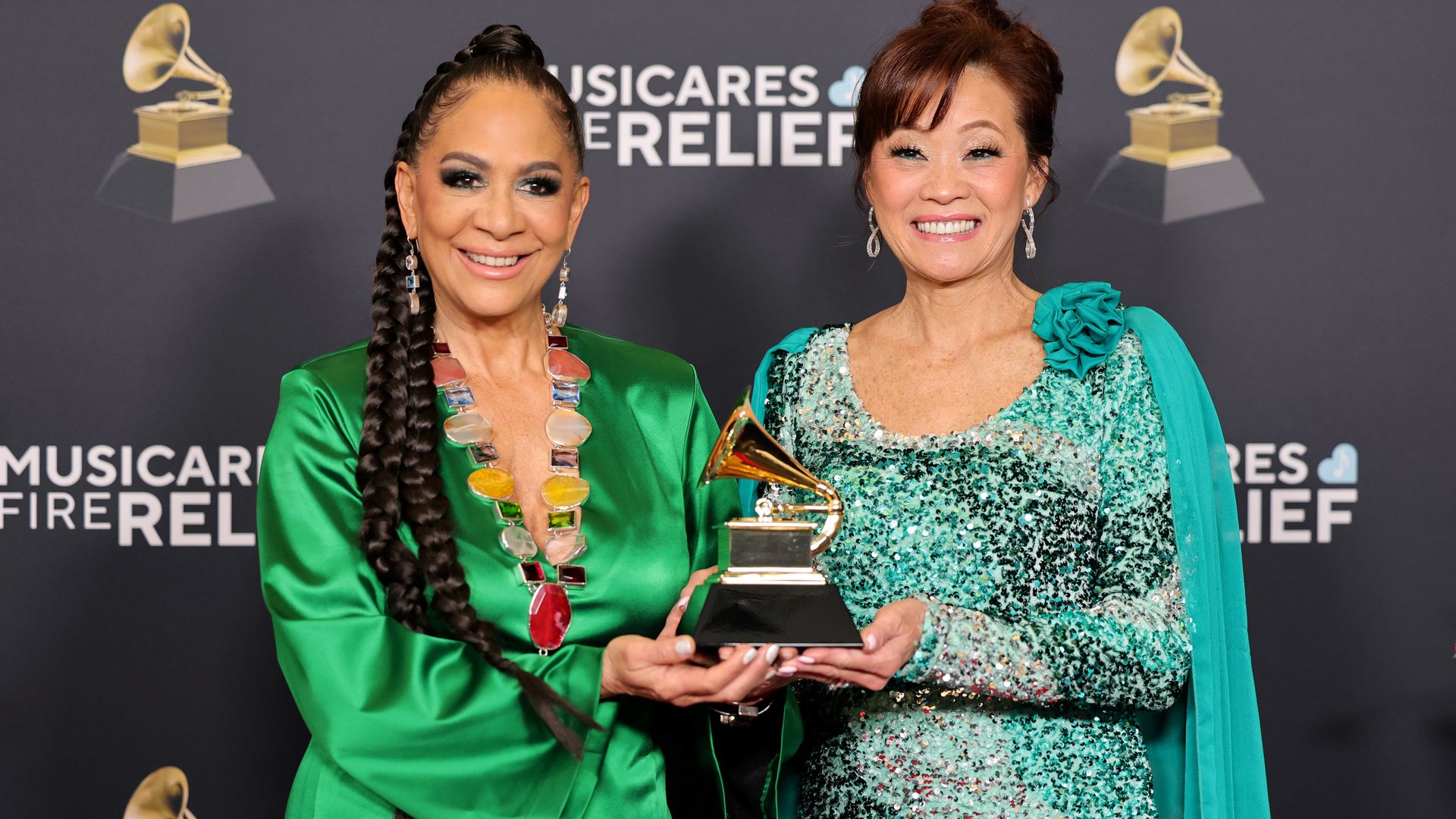The so-called Department of Government Efficiency (DOGE) is flooding us with information about government programs they believe should be slashed or eliminated, and with lists of humans they believe can be replaced with ever-improving technology. We are also hearing from vested interests—along with public interest groups—that their slices of the pie are actually sacred cows.
While many programs targeted by DOGE and its master, Elon Musk, will be in the slash and burn crosshairs for the first time, one has been under assault for more than 40 years.
The Corporation for Public Broadcasting (CPB), which helps fund the nation's public TV and radio stations, is a nonprofit entity that receives more than $500 million from the federal government and has been on the proposed cutting block nearly since it was first created.

When I was counsel to the House of Representatives Telecommunications, Consumer Protection and Finance Subcommittee, in the early 1980's, there was a massive fight to slash funding for the CPB. Congress had voted to approve funding for public broadcasting but President Ronald Reagan, who had been elected on a platform calling for reduced government spending, vetoed the legislation. Subcommittee chairman Tim Wirth (then a congressman, later a senator) led the fight to rally a bipartisan coalition to overturn the Reagan veto. That effort was not only successful but, remarkably, it was the only veto override of Reagan's first term.
There were two parts of the override campaign that were critical to its success. The first was that we discovered that the boards of directors of many of the local public television stations around the country were made up of well-connected Republicans who very much believed in the mission of the public broadcasting stations that they served. Secondly, we brought Big Bird of Sesame Street fame to Capitol Hill and gave members of Congress photo opportunities galore to send back to their local newspapers, which made for extremely effective lobbying.
A lot has changed in those 40 years. There has been an explosion of traditional linear television channels—and more recently streaming services—that provide documentary, public affairs, historical, and cultural programming, much of which used to be the exclusive domain of public television.
That's all well and good. However, the most politically salient of the programming missions of public television has always been children's educational television, which Sesame Street has always exemplified.
In recent years, HBO licensed Sesame Street, meaning new episodes were funded by a private corporation rather than contributions from the public television stations that carry the program. HBO recently announced, however, that it will be dropping Sesame Street from its program roster. Who will pay for the children's television staple going forward?
There is talk that Apple, Amazon, or Netflix might be interested, but there is no certainty. The HBO deal provided for delayed broadcast of the new episodes on public stations so that Sesame Street continues to be available in the nearly 100 million homes in the United States that don't pay for HBO.
And with a flood of new programming sources, along with the presumption that the crown jewel of children's educational television can be privately supported, the question is can CPB survive DOGE's ax?
Already, the relevant House Appropriations subcommittee has proposed eliminating funding for CPB, effective in fiscal year 2027. Standing against this is the bipartisan Public Broadcasting Caucus in the House with 100 members. One the caucus chairs is a Republican from Nevada, Rep. Mark Amodei. Moreover, the Appropriations subcommittee did vote to continue $31 million in funding through the Department of Education, which, of course, is facing its own problems. This program offers seed money to create children's educational programming and related studies. It is an important resource for public television's ability to serve kids, including tying events into local communities.
One can turn on YouTube or Max and find many shows that are geared towards kids that might be argued to have some educational value. Netflix recently announced that it would be financing new episodes of Miss Rachel, a show that many educators believe is valuablefor young children.But programs that principally feature songs aimed at a child audience are very different from the deeper dive into education that something like Sesame Street provides. The show is really aimed at creating foundational skills in reading and arithmetic, along with lessons on proper behaviors that carry forward to the classroom. While Sesame Street is clearly the best known, there are other shows CPB supports that fulfill an educational mission such as Odd Squad, Daniel Tiger, and Carl the Collector.
The fact is less than 50 percent of 3- and 4-year-olds in the country get any kind of preschool education. Moreover, many Head Start programs take educational shows from the local public station in their area and integrate them as part of their educational mission.
It also needs to be recognized that there are many low-income and rural areas where broadband service is not readily available—or at least affordable—so publicly broadcast television may be the sole means by which children can be reached.
In smaller rural communities—solidly red Trump markets—they are more reliant on CPB funding than in bigger urban markets because it is significantly harder to raise contributions from viewers and businesses there. Moreover, the infrastructure support needed in rural areas to maintain public broadcasting service is also greater.
Those who would advocate for ongoing federal government support for public television and radio would also point to local public affairs and cultural programming as a critical service to many communities that lack any other outlet for such offerings. And that does not even count the public safety component of public broadcasting, which coordinates with local officials on disaster and relief efforts.
While those things may be important, none of it is as important—as was the case 40 years ago—as the educational mission CPB serves for children. Other countries spend far more on public media per person than the United States does. For instance, the UK spends more than $80 per person, while the U.S. spends about $2 per person.
There is a lot that DOGE will put on the chopping block. Let's hope that Congress, four decades after the Reagan veto override, once again sides with Big Bird.
Tom Rogers is executive chairman of Oorbit Gaming and Entertainment, an editor-at-large for Newsweek, the founder of CNBC and a CNBC contributor. He also established MSNBC, is the former CEO of TiVo, a member of Keep Our Republic (an organization dedicated to preserving the nation's democracy). He is also a member of the American Bar Association Task Force on Democracy.
The views expressed in this article are the writer's own.





.png)








)





 English (US) ·
English (US) ·